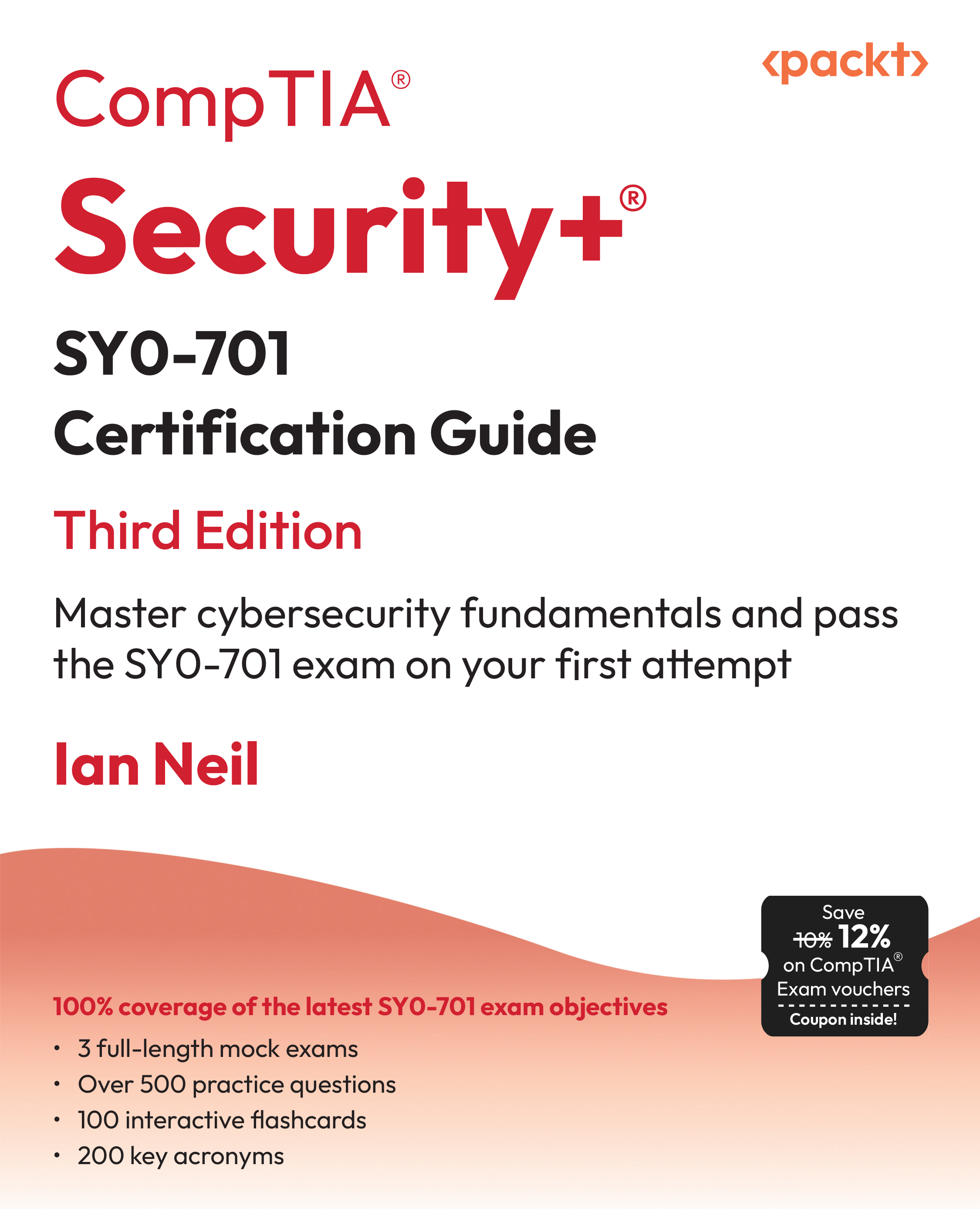Here’s what happens. Firstly, we initialize a counter, starting with0. The next step is to loop through the bits. Whilenis non-zero, we add the least significant bit ofnto the counter (n&1gives us this value). Following this, we shiftnright by one bit (discarding the leastsignificant bit).
Once all bits are processed (whennbecomes0), return the total count of 1 bits. Not a very complicated process, justraw work.
It seems that this procedure of counting bits in numbers must be of a very peculiar interest in computing circles, such as for the purpose of error detection and correction, data compression, cryptography, algorithmic efficiency, digital signal processing, hardware design, and performance metrics, so no wonder it managed to creep itself into the STL (C++ STL, which is the standard template library) too in the form ofstd::popcountfromC++ 20.
The interesting part of the story is that not only in the STL do we find this handy operation, but it was deemed so useful that it even exists at the level of the processors, under the infamousPOPCNT mnemonic. Infamous it is, due to the fact that in 2024, it was effectively used in hindering the installation of Windows 11 on older machines that were not officiallysupported (https://www.theregister.com/2024/04/23/windows_11_cpu_requirements/).
But what that means for our candidate, who has to write code to impress the interviewers, is that they can simply replace the complicated code from before with the following veryhandy snippet:
 United States
United States
 Great Britain
Great Britain
 India
India
 Germany
Germany
 France
France
 Canada
Canada
 Russia
Russia
 Spain
Spain
 Brazil
Brazil
 Australia
Australia
 Singapore
Singapore
 Canary Islands
Canary Islands
 Hungary
Hungary
 Ukraine
Ukraine
 Luxembourg
Luxembourg
 Estonia
Estonia
 Lithuania
Lithuania
 South Korea
South Korea
 Turkey
Turkey
 Switzerland
Switzerland
 Colombia
Colombia
 Taiwan
Taiwan
 Chile
Chile
 Norway
Norway
 Ecuador
Ecuador
 Indonesia
Indonesia
 New Zealand
New Zealand
 Cyprus
Cyprus
 Denmark
Denmark
 Finland
Finland
 Poland
Poland
 Malta
Malta
 Czechia
Czechia
 Austria
Austria
 Sweden
Sweden
 Italy
Italy
 Egypt
Egypt
 Belgium
Belgium
 Portugal
Portugal
 Slovenia
Slovenia
 Ireland
Ireland
 Romania
Romania
 Greece
Greece
 Argentina
Argentina
 Netherlands
Netherlands
 Bulgaria
Bulgaria
 Latvia
Latvia
 South Africa
South Africa
 Malaysia
Malaysia
 Japan
Japan
 Slovakia
Slovakia
 Philippines
Philippines
 Mexico
Mexico
 Thailand
Thailand










